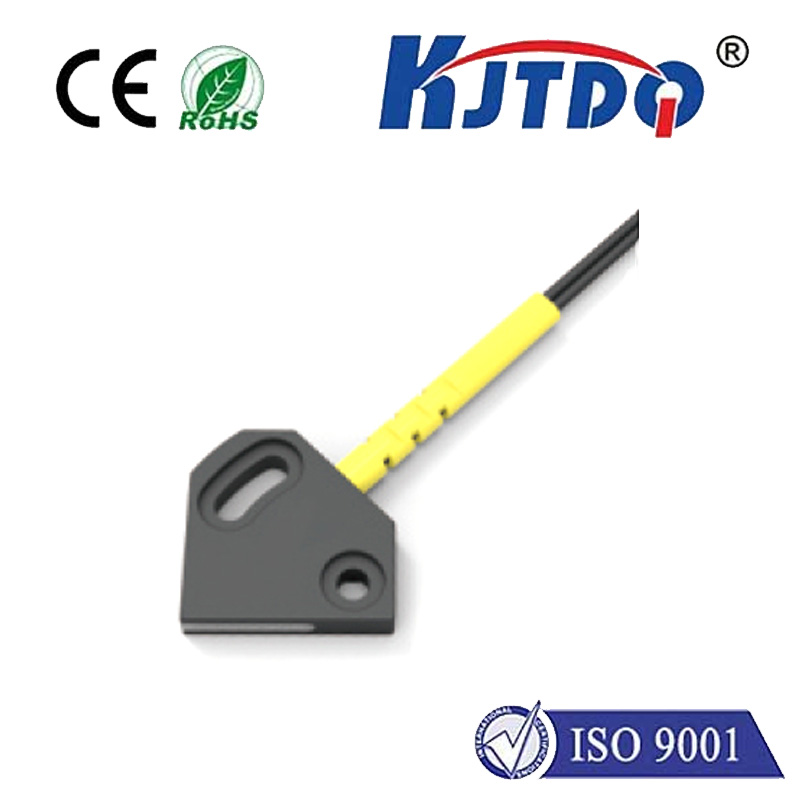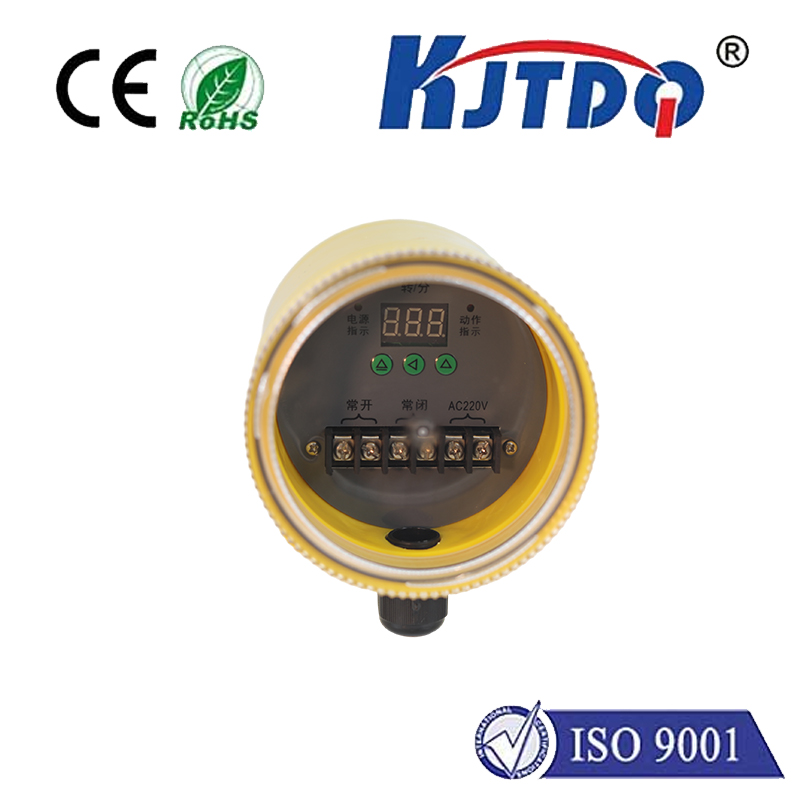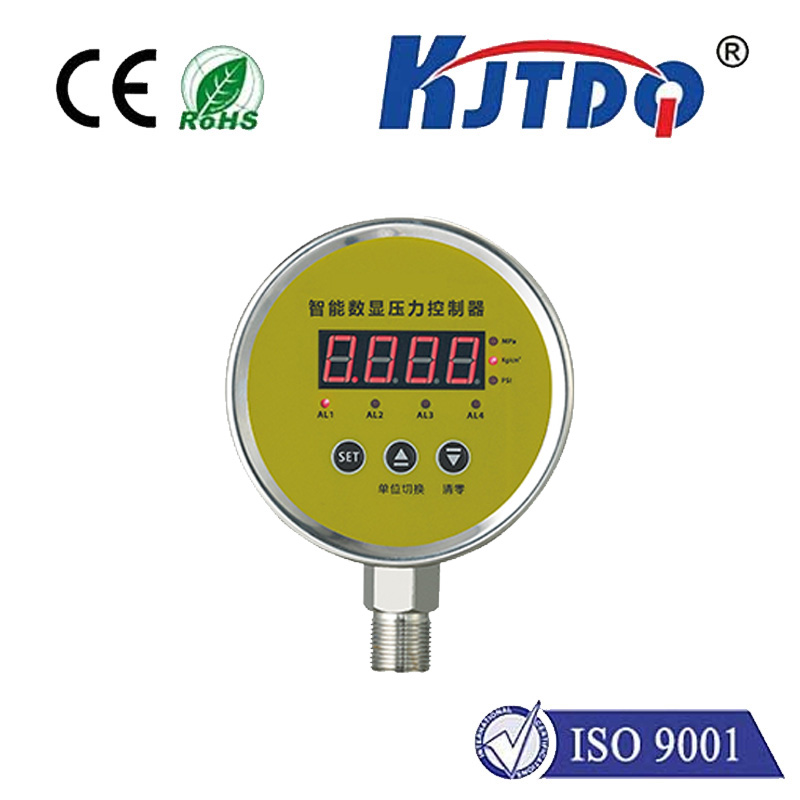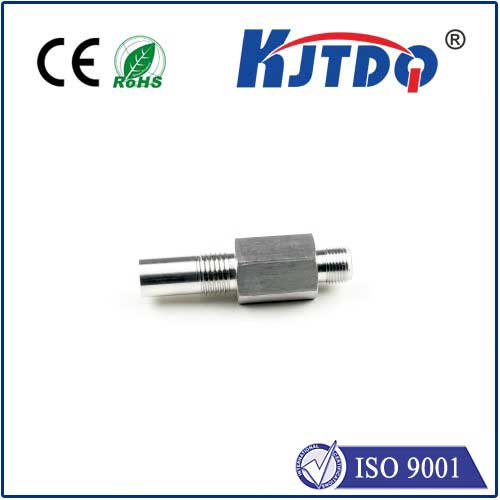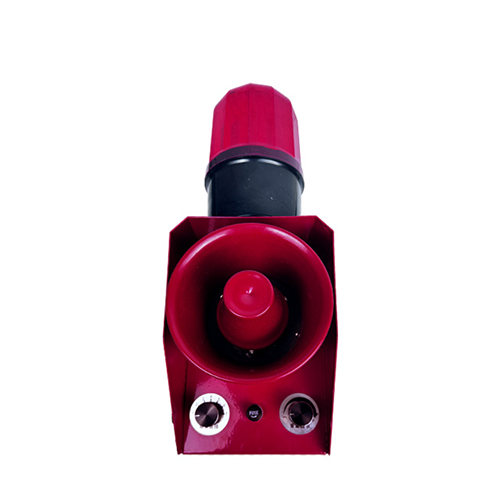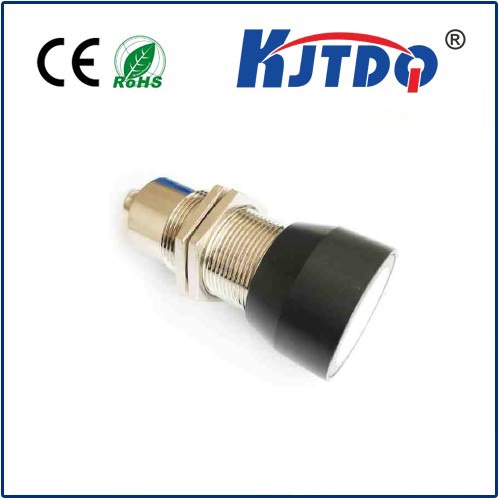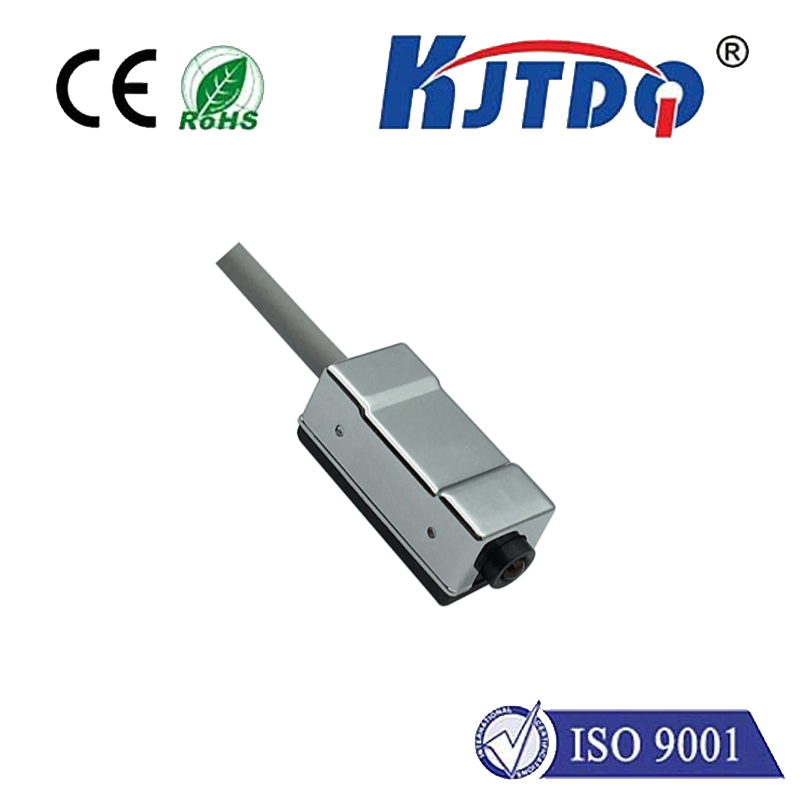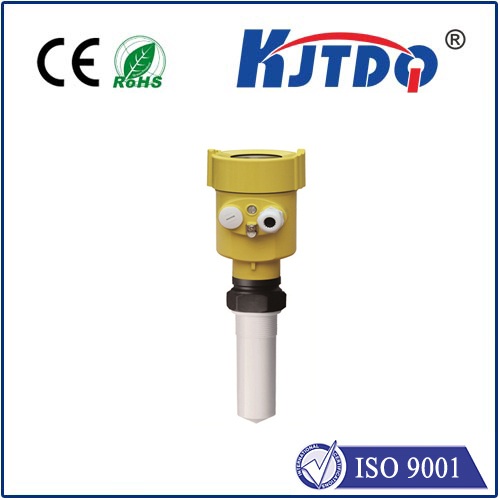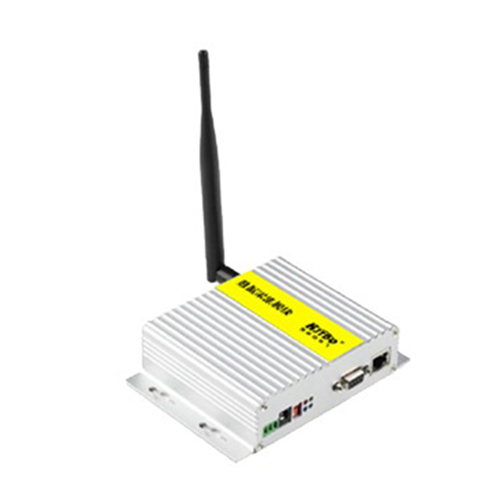

check

check

check

check

check

check

check

check

check

check
Polarized Retro Reflective Photoelectric Sensor: A Revolutionary Technology for Precision Sensing
The world of sensors and automation has seen a plethora of innovations in recent years, with each new development bringing us closer to the future we have always imagined. Among these innovations, one that stands out for its unique capabilities is the Polarized Retro Reflective Photoelectric Sensor (PRRP Sensor). This revolutionary technology combines polarization, retro-reflection, and photoelectric sensing to deliver unparalleled precision and reliability in various applications.

At the heart of this sensor lies its ability to detect changes in light polarization. When light reflects off certain surfaces, it can undergo a change in polarization, which is often referred to as polarized light. The PRRP Sensor uses this property to differentiate between target objects and background noise, enabling it to identify specific materials or markings with remarkable accuracy. For instance, in manufacturing processes, the sensor can distinguish between different types of metals or plastics based on their polarized reflections.
Retro-reflection is another key feature of the PRRP Sensor. Unlike traditional photoelectric sensors that rely on ambient light, this sensor utilizes a specialized lens system that directs light towards a target surface and then reflects it back to the sensor. This technique not only enhances the sensor's sensitivity but also makes it highly resistant to interference from external light sources, ensuring reliable operation even in challenging environments. In logistics and packaging industries, the PRRP Sensor can be used to accurately track products moving along conveyor belts, regardless of variations in surrounding illumination.
Photoelectric sensing forms the third pillar of the PRRP Sensor's functionality. By measuring changes in the intensity of reflected light, the sensor can determine various properties of an object, such as its distance, size, shape, or color. This capability is particularly useful in quality control processes where precise measurements are essential. For example, in textile manufacturing, the sensor can detect minute defects in fabric patterns by analyzing the reflections of polarized light.
One of the most significant advantages of the PRRP Sensor is its adaptability. It can be tailored to meet specific requirements by adjusting parameters such as the angle of incidence, wavelength of light, and polarization state. Furthermore, its compact design allows for seamless integration into existing systems without requiring extensive modifications. In automotive engineering, for instance, the sensor can be incorporated into assembly lines to perform detailed inspections of vehicle components, ensuring they meet stringent quality standards.
In conclusion, the Polarized Retro Reflective Photoelectric Sensor represents a major leap forward in sensing technology. Its combination of polarized light detection, retro-reflection, and photoelectric sensing offers unparalleled precision and flexibility across diverse industries. As we continue to embrace automation and smart systems, the PRRP Sensor stands poised to play a pivotal role in enhancing efficiency, improving product quality, and driving innovation in various sectors.
